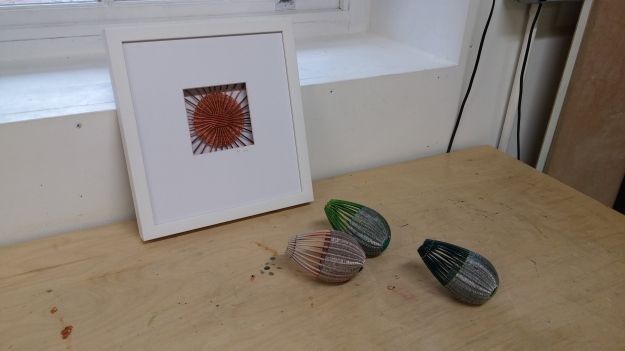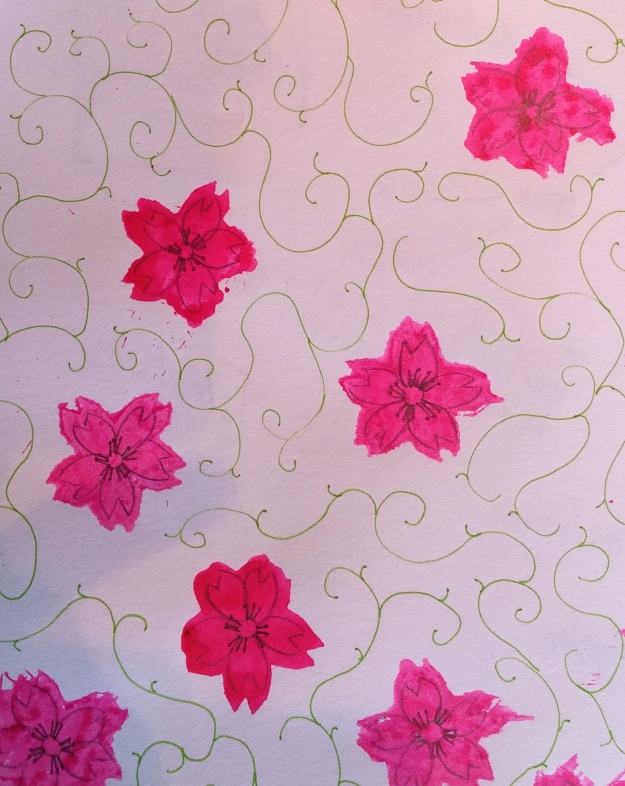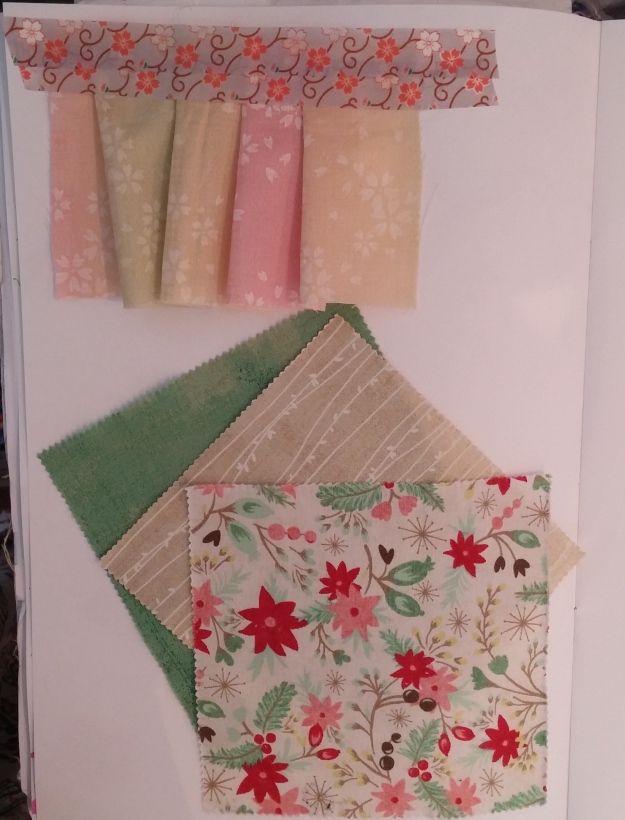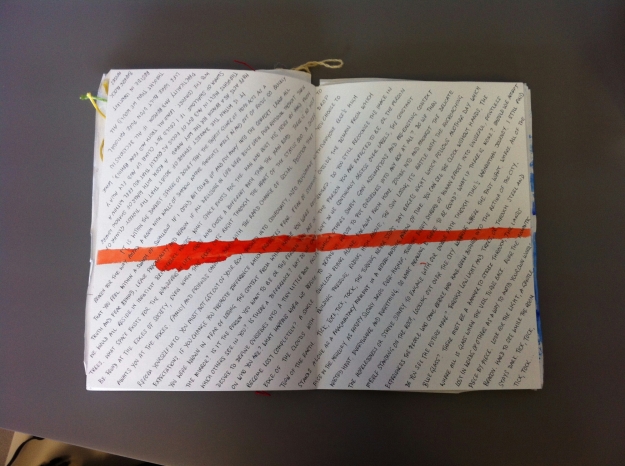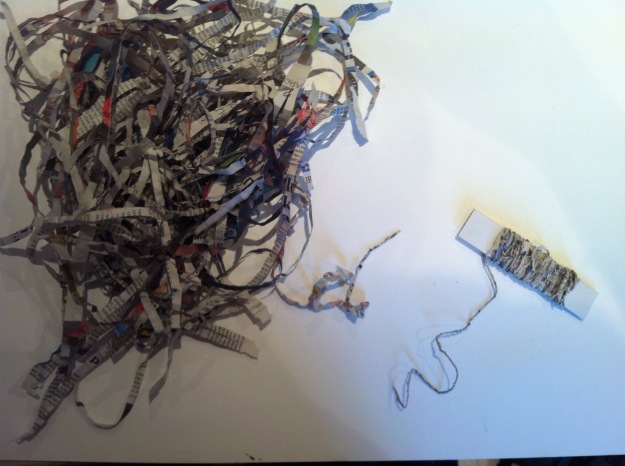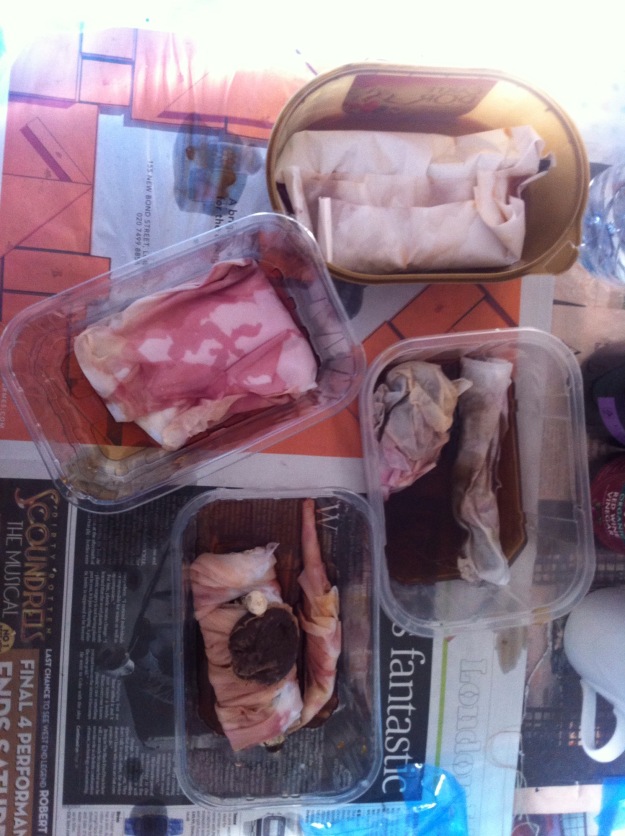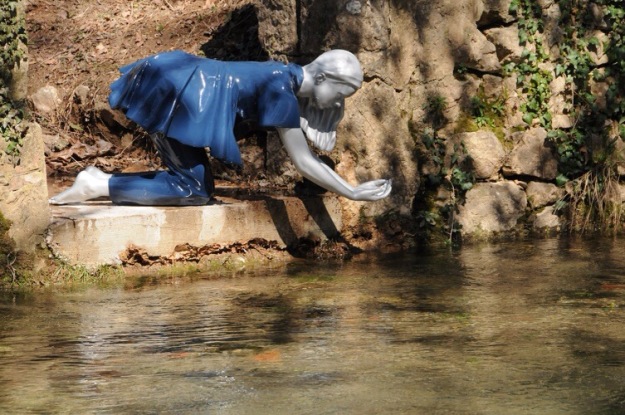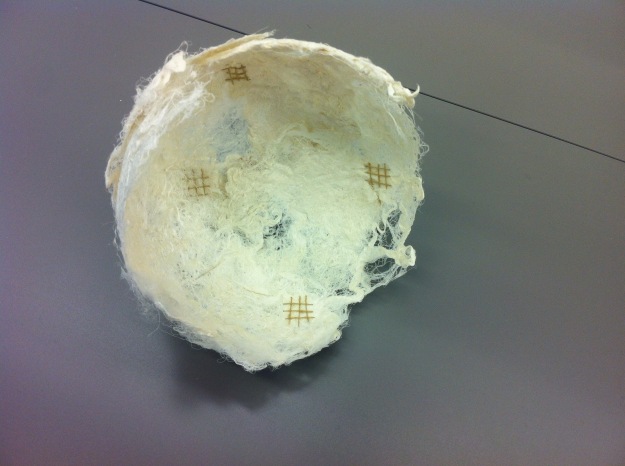Following on from Lucy Orta’s Genius Loci talk a couple of weeks back, I had a day on a walking tour of Wimbledon, under the title of “Wilding the Edges”. The event was badged as an “interactive walking tour of Wimbledon’s unexamined places: a journey through spaces which straddle both city and countryside and where “wild” and cultivated” environments overlap.” We split into a number of groups: I went in the group led by Lucy Orta for those working on the Genius Loci project, and we were encouraged to photograph and take notes on areas which interested us as we passed through them. I have to admit to having decided to go my own way with my thoughts: I discovered I had been left off the list for those working on the project, so had missed all of the communications. Not really a big issue for me, I just concluded that I would try to make the walk relevant to my own proposal entirely.
Some photos first:




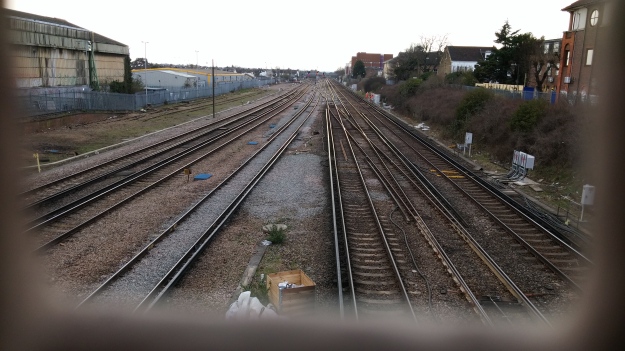
As you can see by the pictures – I was interested in two things. One was clearly the line, broken and unbroken. Where is there continuity and where fragmentation? These paths allow us to ask where have we come from, and where are we going.
Second, I was attracted to the ‘non-places’, the areas you only ever pass through, with no narrative, no history. This got me thinking about site-specific work, and how much is about the place, rather than about any place. This has sparked off from some of the sketchbook work I have been doing on maps of the nameless city: any place, every place. These exist as the antithesis of the haunted place, soaked in memory and the spirits of the past more real than the history of the present. There is an echo of the earth in the haunted place, and we become the medium of the storytelling. In between the anyplace and the haunted place lie marker points – fixed points in time and space. Where are these found? What narratives of place are so strong that all thought from past and present converges around a single point?
After the walk we concluded the session with a ‘Barcamp’ discussion (a type of un-conference) in the pub, where we were invited to “reflect upon the social and political implications of the hybridised spaces and explore how we might respond to them as artists”. There was a number of separate interesting discussions on each table we could join/leave at will.
The discussion I spent most time in asked “What does it mean to be an urban human in the wilderness?”. We spent a lot of time trying to define what wilderness (and wildness) actually means. Most of us thought instinctively about landscape, nature – the wilderness of an actual physical location. The poser of the question had a different, and rather fascinating, perspective – that wildness is a state which exists within all people and all things – relating to an idea rather than a physical topography. ‘Wild’ is a combination of rising energy and free will. We also talked about the edge lands – the semi-wild places – where the boundaries become blurred. When you exist here, your behaviour changes, the way you look and act within the world. We become transfigured by the way we interact with the edge-land itself. This to me had echoes of the words from Boradkar’s book, Designing Things, which talked a lot about this transformation in relation to object (or thing) and the user.
So in summary, I won’t be carrying on with the Wimbledon project – although it was badged as a CCW thing, I think it was really meant for the Wimbledon MFA students. However, I gained some very valuable insights into my proposal question, and the idea of research by walking is a very interesting one. Helen Goodwin, whose research methods I very much like and which are aligned to my own proposal, talked about this in her research paper: “If everything is moving, where is here…”. I was so taken by the methodology described in here that I have been gradually working though most of the books on the bibliography.
She defines her practice like this: “I am interested in ideas that centre on what it is to define place and belonging. How inextricably bound do we become to the places in which/where we are born, live or travel to? I wonder how we develop our sense of belonging to those particular places. How much importance can we attach to these ideas as our societies become increasingly mobile? In a series of activities which possibly echo my having lived in different cultures and my sense of displacement, I have begun to collect and exchange material of place; the art works I make cease to be objects but become actions and gestures.”
Through doing this research, I have come across a rather intriguing strand of study known as psychogeography, which sounds very much like what we were doing on the walking tour. Psychogeography is the point where psychology and geography meet in assessing the emotional and behavioural impact of urban space. The intro book I have found [Coverley 2012] states that: “The relationship between a city and its inhabitants is measured in two ways – firstly through an imaginative and literary response, secondly on foot through walking the city. From Urban Wandering to the Society of the Spectacle, from the Dérive to Détournement, Psychogeography provides us with new ways of apprehending our surroundings, transforming the familiar streets of our everyday experience into something new and unexpected.”







